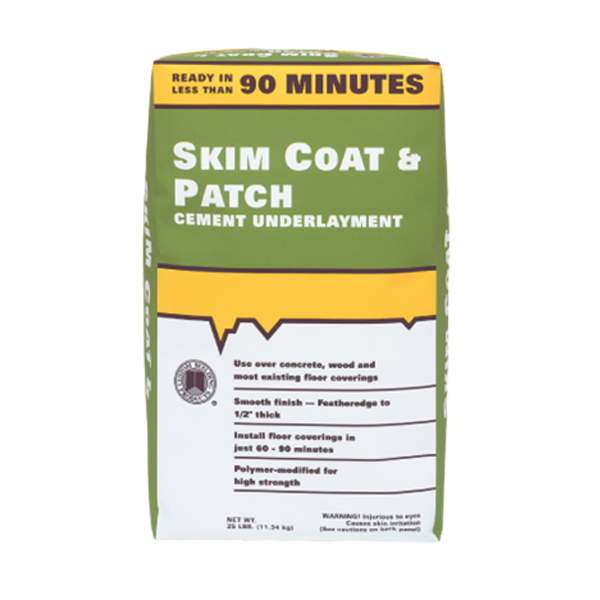

You must sand each coat of the drywall mud after allowing it to dry to achieve a smooth finish. Allow each coat to dry for 24 hours and sand between coats. You will have to apply two or three coats of drywall mud to achieve the best result.
DAP PLASTER WALL PATCH SKIM COAT CRACK
Start by filling the crack or hole with the material and slowly build it up to hide the damage. Apply the MudĪpply the drywall mud to the plaster. The two forms are suitable, and both have their pros and cons. If you are an amateur DIYer, however, you should use the premixed form to eliminate the need for mixing. Professionals prefer the dry form because they can mix it to the consistency they like. Prepare the Drywall Mudĭrywall mud comes in either dry or premixed forms. Use warm, soapy water and a clean cloth for this purpose. Hence, get rid of dust, grease, and other debris on the surface you intend to use the joint compound. Prepare the Surfaceĭrywall mud sticks are better for cleaning plaster surfaces than dirty ones. Here are the steps to successfully using the joint compound on plaster: #1. However, it requires time and patience to achieve the best result. Finally, sand the surface with 150-grit sandpaper after it dries.Īpplying drywall mud on plaster is relatively easy.Next, apply a light coat to the surfaces around the areas you patched with this 12-inch drywall knife.First, add water to the drywall mud to give it a thin consistency.You can solve this issue and achieve a consistent texture by skim coating the surface you have patched. Therefore, you may notice inconsistencies on your wall if you patch its plaster surface with a joint compound. However, plaster and drywall mud have different textures. Then you coat the surface two to three times, sanding between each coat. You can patch plaster with drywall mud by filling the damaged area with the joint compound. The joint compound works excellently for fixing blemishes in plaster walls. Therefore, you should use them as a last resort only. You should note that glue additives make sanding difficult. You can use an all-purpose joint compound for subsequent coats.Make the mixture into a consistent paste, ready for use.Add the desired quantity of setting-type joint compound.Make another mixture of glue and water.Use a paintbrush and add the thinned glue to the plaster surface.Add one part of glue to ten parts of water.

If drywall mud fails to adhere to plaster after these precautions, you can use glue additives to make it stick.įollow the steps below to increase the bond of the drywall on plaster mud using glue: You can clean these surfaces using warm, soapy water and a clean cloth. Hence, ensure to rid the plaster wall surface of dust, grease, and other dirt before applying the joint compound. The reason for doing so is that quick-setting drywall mud dries quicker and sticks stronger than other joint compound varieties.Ī clean plaster surface also increases drywall mud’s bonding to plaster. Then, he can use an all-purpose mud for subsequent coats. Thus, some works require one type of joint compound instead of another.Ī plasterer will need to use a quick-setting mud first in cases where the compound is falling out during use. There are different types of drywall mud, and these varieties have different degrees of adherence to plaster.

A joint compound is a common material for patching plaster because of its ability to adhere to it. Can You Use Drywall Mud Instead of Plaster?ĭrywall mud will stick to plaster if the plasterer or taper does his job correctly.Can You Patch Plaster With Drywall Mud?.


 0 kommentar(er)
0 kommentar(er)
